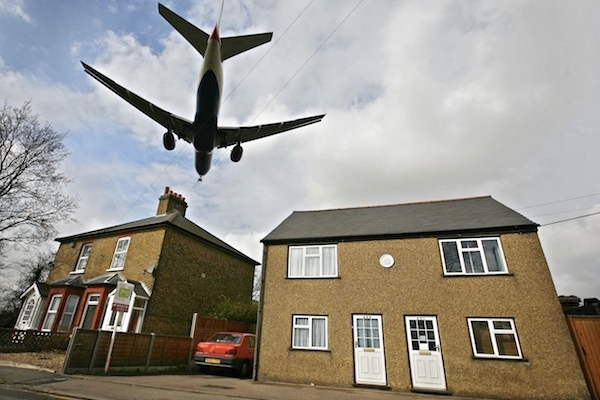The reality is that Britain needs a new hub airport. Paris has four runways, and so do Frankfurt and Madrid. Amsterdam has more, and American cities more still. Of course, sticking our heads in the sand won’t send us back to the stone age, but connections and prosperity go together.
But siting a four runway hub is not straightforward. Airports are noisy and countries have a choice. One option is to put an airport somewhere that works for passengers (La Guardia, Haneda, Dorval) and put up with the noise. The alternative is to put it further out (Newark, Narita, Mirabel) but then passengers do their best to avoid it because it takes longer to get to.
That is the way the current debate is framed. The proponents of a third runway at Heathrow have a point that people prefer to fly from Heathrow because it is the easiest airport to get to. The Civil Aviation Authority backs them up: 25 per cent of business passengers arrive at the airport within 30 minutes of setting out. No other airport can claim anything like that figure. Against that, the proponents of an estuary airport point out that lots of people are affected by Heathrow’s noise.
My report, Bigger and Quieter shows that we can make Heathrow quieter, thus allowing it to get larger without imposing an unacceptable noise burden. The first thing to do is to move the runways west, over the M25 and Wraysbury reservoir. This means planes are higher over London, and so quieter to people on the ground. Next, we put the four proposed runways relatively close together, subject to safety considerations. This keeps the width of the noise corridor narrow, so fewer people are affected by noise. Together, these two factors mean that the number of people affected by noise would fall by about a quarter compared with current levels even though the number of flights would rise by around three-quarters. Bigger and quieter are not alternatives.
My report proposes to go further. With extra slots available during the day, we can ban night flights, the most hated flights of all for so many people. We can also limit the types of planes allowed to land at Heathrow, so that the noisiest planes can no longer use Heathrow. Finally, we can follow the practice at London City, and have narrow bodied planes land more steeply, so that they are even higher, and even quieter over London. Together these measures would transform Heathrow airport. For sure, no airport will ever be silent. But this airport would be radically quieter than any other major expansion at Heathrow.
A bigger Heathrow is good to Britain. A quieter Heathrow is good for local residents. As my report shows, the two can go together.
Tim Leunig is chief economist at CentreForum. You can read his report for Policy Exchange here.






Comments